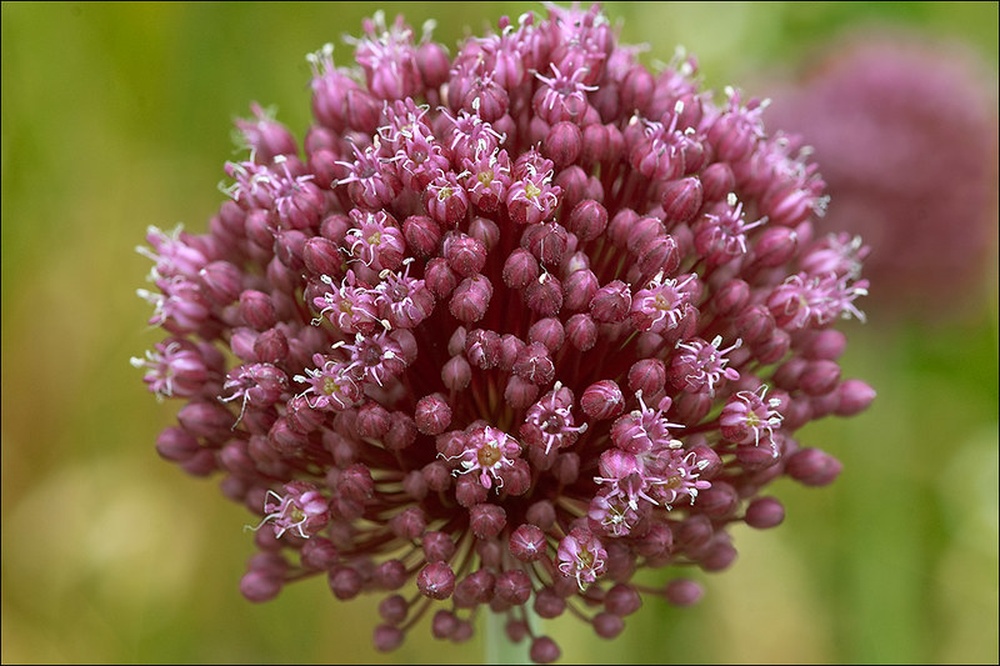Allium ampeloprasum
Oerprei, Olifantenknoflook, Babington's look / Wild leek, Genuine pearl onions, Elephant garlic, great headed garlic, Babington’s leek
Amaryllidaceae (Narcisfamilie)Africa (north), Asia (central), Asia (west), Europe (south)

Edible plant part (4)
Bulbs,
leaves,
stems,
bulbils
Read 'form of consumption' for safe preparation methods
Wild leek, Genuine pearl onions, Elephant garlic, great headed garlic, Babington’s leek belongs to the herbacious layer in the food forest. The growth rate is medium. Fully grown the plant has an average height of 0.3 to 2 meter. and a width of 0.3 meter.
The Wild leek, Genuine pearl onions, Elephant garlic, great headed garlic, Babington’s leek is decidious. It buds in october and it loses its leaves in august.
This species forms a tuberous shallow root system. Wild leek, Genuine pearl onions, Elephant garlic, great headed garlic, Babington’s leek is no nitrogen fixer.
 foto: Amadej Trnkoczy, https://www.flickr.com/photos/atrnkoczy/39233675605/in/album-72157692374493724/
foto: Amadej Trnkoczy, https://www.flickr.com/photos/atrnkoczy/39233675605/in/album-72157692374493724/
 foto: Amadej Trnkoczy, https://www.flickr.com/photos/atrnkoczy/39233675605/in/album-72157692374493724/
foto: Amadej Trnkoczy, https://www.flickr.com/photos/atrnkoczy/39233675605/in/album-72157692374493724/
Growth factors
- Frost (whole plant)
-
very strong frostcold frostmild frostlight frostno frost
- Light
-
full sunlight shadehalf shadefairly deep shadedeep shade
- Wind
-
strong sea windstrong windsome windshelteredvery sheltered
- Soil texture
-
sandloamlight clayheavy claypeat
- Soil moisture
-
inundationwetmoistdrydrought
- Soil acidity
-
very acidacidneutralalkalinevery alkaline
- Soil fertility
-
very richrichaveragepoorvery poor
Flowering and pollination
- Flowering period (peak)
- early april, early may, end of july
- Flowering period (length)
- several months
- Pollination vector
- insects
- Plant reproductive fertility
- self-fertile (sf)
Life Span and Plant Health
Harvest and Consumption
Bulbs
Leaves
Stems
Bulbils
- Harvest location edible part
- Ground layer
- Harvesting period - start
- End of august
- Harvesting period - length
- Several months
- Vulnerability to damage during harvesting (edible parts)
- Resistant
- Size edible parts
- Small
- Form of consumption
- Fresh, processed
- Productive life span - start (year) - maximum
- 3
- Harvesting period - length
- Several months
- Natural storability
- Year
- Productive life span - start (year) - maximum
- 3
- Harvesting period - start
- Early july
- Harvesting period - length
- Several months




































